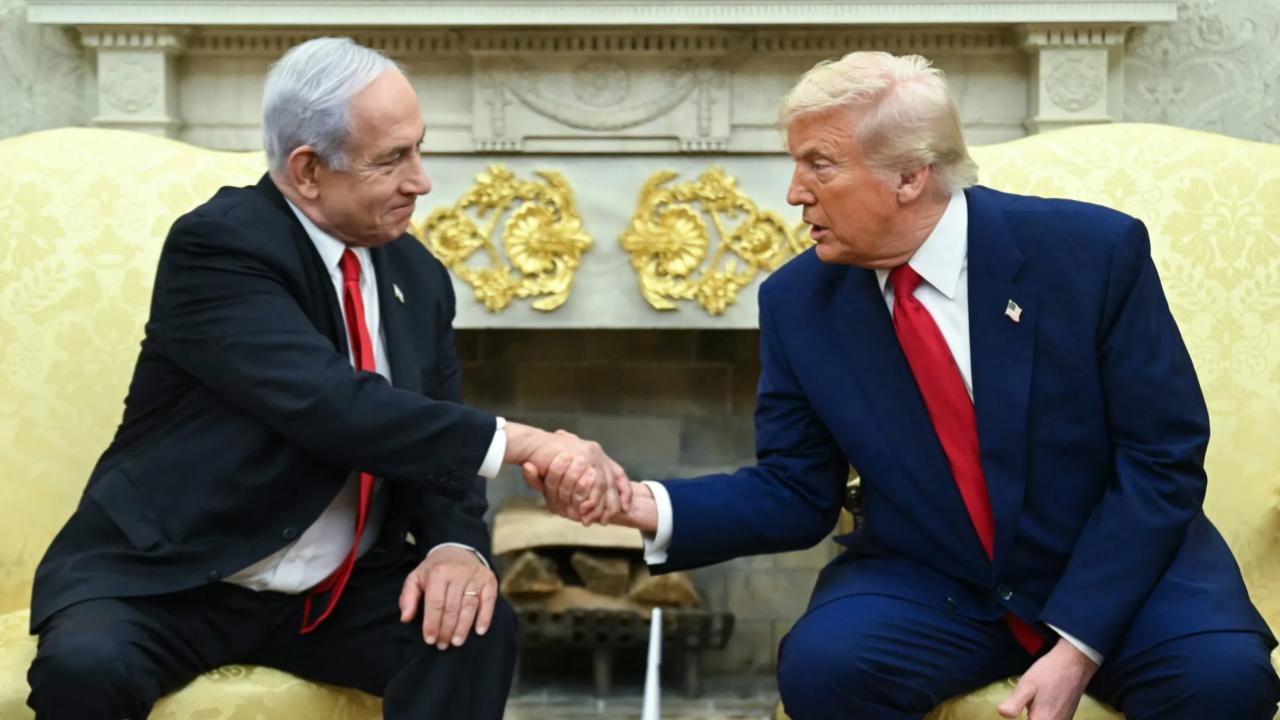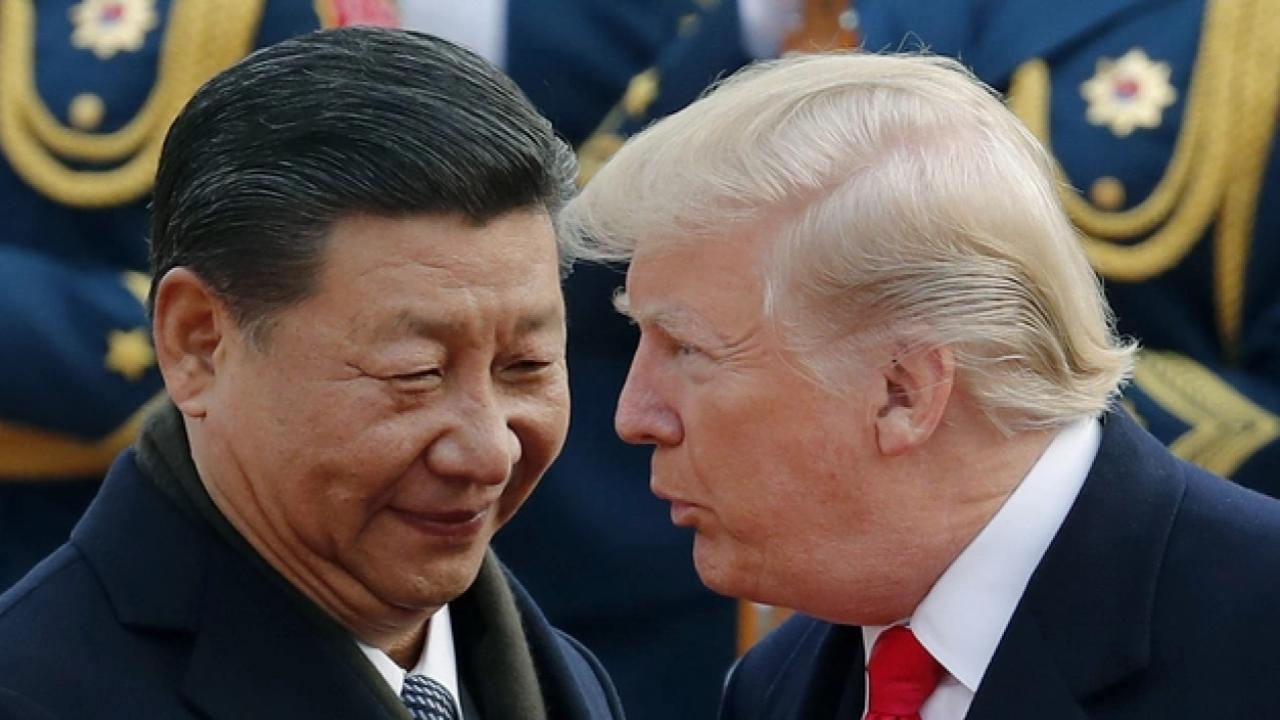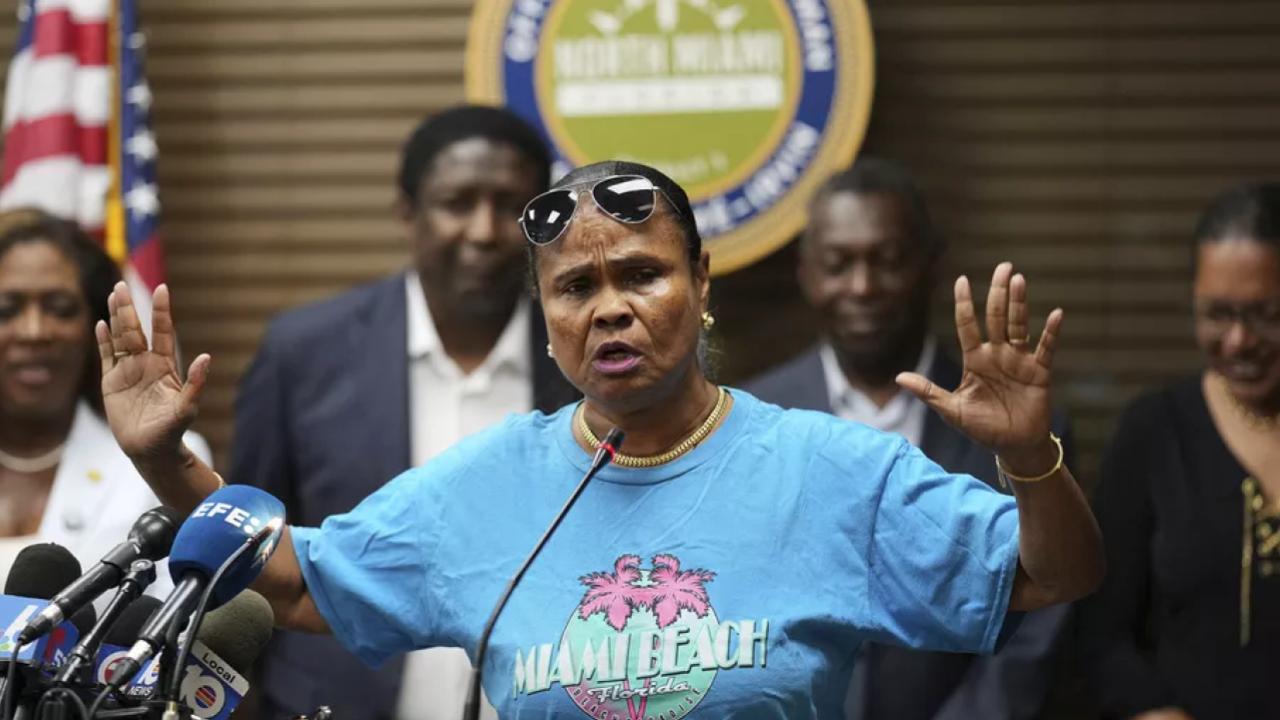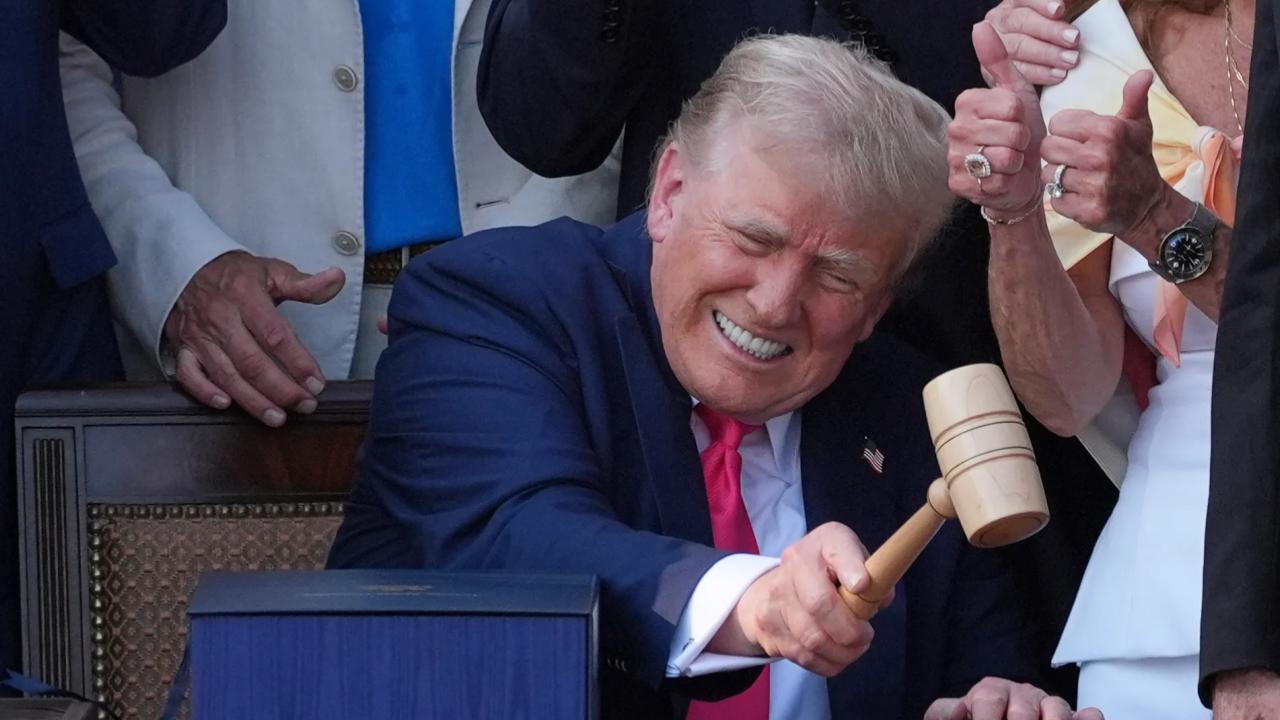In a move that’s setting off alarm bells across the country, President Donald Trump has issued a sweeping executive order in March 2025 that guts collective bargaining rights for over 1 million federal workers. This stunning reversal affects employees across key U.S. agencies — from the Department of Defense to Veterans Affairs — and it’s left unions scrambling and Americans wondering: what now?
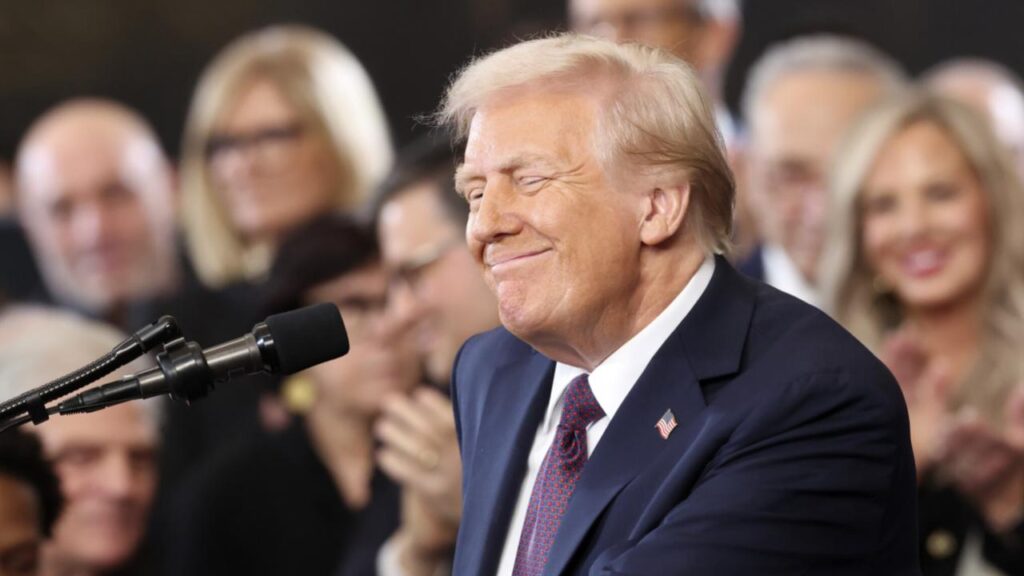
The Trump administration cited “national security concerns” to justify the rollback, leaning on a clause from the 1978 Civil Service Reform Act. But critics, labor unions, and legal scholars are calling it what it looks like — a calculated power grab that could reshape the future of the American workforce.
Trump Just Erased Union Rights for 1 Million Americans
| Topic | Details |
|---|---|
| Executive Order Signed | March 2025 |
| Who’s Affected | Over 1 million federal workers (~80% of unionized federal workforce) |
| Targeted Agencies | Departments of Defense, Treasury, Veterans Affairs, Health and Human Services, etc. |
| Legal Justification | Civil Service Reform Act’s national security exemption |
| Union Response | Lawsuits filed by AFGE, NTEU; courts issued temporary block, now lifted |
| Key Concern | Loss of right to collectively bargain on pay, safety, grievances |
| Part of Project 2025? | Yes — broader effort to reshape the federal workforce |
Trump’s move to strip union rights from over a million federal workers is one of the biggest labor shakeups in modern U.S. history. It’s got deep legal, political, and human consequences — from eroding workplace protections to fueling fears of government overreach.
What Exactly Did Trump Do?
Here’s the breakdown: the executive order eliminates collective bargaining rights for federal employees in more than 30 government agencies. That means unions like the American Federation of Government Employees (AFGE) and National Treasury Employees Union (NTEU) can no longer negotiate basic worker protections — think salaries, work conditions, job security, and safety rules.
And here’s the kicker: this affects nearly 80% of all unionized federal employees.
The administration is justifying this using the “national security” exemption in the Civil Service Reform Act of 1978 — basically saying the president can revoke union rights if agency functions are tied to security. But hold up — that logic is paper thin, according to many experts.
“This isn’t about security. This is about control,” said one labor analyst at the Economic Policy Institute.
Why Should Everyday Americans Care?
You might think this only affects D.C. bureaucrats — but think again. When union rights are stripped away, workplace protections vanish. That can trickle down to everyone. Want veterans to get better care at the VA? Want IRS workers handling your tax refund quickly? That means happy, safe, fairly treated workers.
This move sets a precedent — not just for federal workers, but for how much power unions hold in the U.S. labor market. It’s like Trump just lit a match under organized labor.
The Legal Showdown: Who’s Suing Who
Unions didn’t waste a second. AFGE and NTEU both filed lawsuits to block the order. And for a brief moment, they scored — a judge issued a temporary injunction. But as of May 2025, a federal appeals court lifted that block, letting the order go into effect while litigation continues.
The court said unions didn’t show “irreparable harm” — a tough standard to meet legally, even when thousands of livelihoods are at stake.
Labor advocates are banking on a Supreme Court showdown, but legal scholars say that could go either way.
What Is “Project 2025” and How Does This Fit In?
If you’ve been following Trump’s second-term agenda, you’ve probably heard of Project 2025 — a blueprint for radically reshaping how the federal government works. Think mass layoffs, political loyalty oaths, and executive power consolidation.
Stripping union rights is a big-ticket item in that playbook.
Project 2025 doesn’t just target labor. It’s been paired with efforts to gut DEI initiatives, dismantle climate regulations, and overhaul civil service protections. So yeah, it’s a package deal — and it’s raising serious red flags among legal experts and human rights groups.
Impact on Real People: Who’s Feeling the Heat
Here’s what this looks like on the ground:
- A VA nurse in Texas can no longer push back on being forced into double shifts.
- An IRS worker in Ohio loses the right to dispute unfair performance reviews.
- A cybersecurity specialist in Virginia has no say in dangerous overtime demands.
These aren’t theoretical examples — they’re what union reps are seeing right now. It’s creating fear, confusion, and a chilling effect on whistleblowers who worry they’ll be fired without recourse.
Republican Response: Full Speed Ahead
Many conservative lawmakers are backing Trump’s move. They argue that unions slow down government operations and make it harder to fire “bad apples.”
Senator Josh Hawley (R-MO) praised the order:
“It’s time to take the shackles off federal agencies and let them operate with efficiency.”
But critics say this is less about efficiency and more about politicizing the workforce — making it easier to hire loyalists and fire dissenters.
Democrats & Labor: Bracing for Battle
Democrats in Congress have already introduced the Federal Worker Rights Restoration Act, aiming to nullify the executive order. But with a Republican-controlled Senate, that bill’s got an uphill climb.
Meanwhile, labor groups are ramping up nationwide protests, organizing rallies, and launching ad campaigns warning Americans of what’s at stake.
“This isn’t just about unions,” said NTEU President Tony Reardon. “It’s about whether or not the federal government answers to the people — or to one man in the Oval Office.”
Where This Leaves Us: A Fork in the Road
As of now, the executive order is in effect, and union rights for over 1 million federal employees are gone — at least temporarily.
Legal battles will rage on. But the real question is this: will the American people accept this new normal?
Frequently Asked Questions (FAQs)
1. Which federal employees lost their union rights?
Over 1 million federal workers across 30+ agencies, including the Departments of Defense, Treasury, Veterans Affairs, and Health and Human Services.
2. What rights were taken away?
The right to collectively bargain over pay, job conditions, performance evaluations, and grievance procedures.
3. Why did the Trump administration do this?
They cited “national security” concerns under the Civil Service Reform Act of 1978 to bypass union protections.
4. Can this executive order be overturned?
Yes — through court rulings or congressional action. But both are longshots without major political shifts.
5. What is Project 2025?
It’s a policy plan to overhaul the federal government, centralize executive power, and weaken civil service protections.
6. Where can I read the full executive order?
You can find it at the Office of Personnel Management’s official site.



